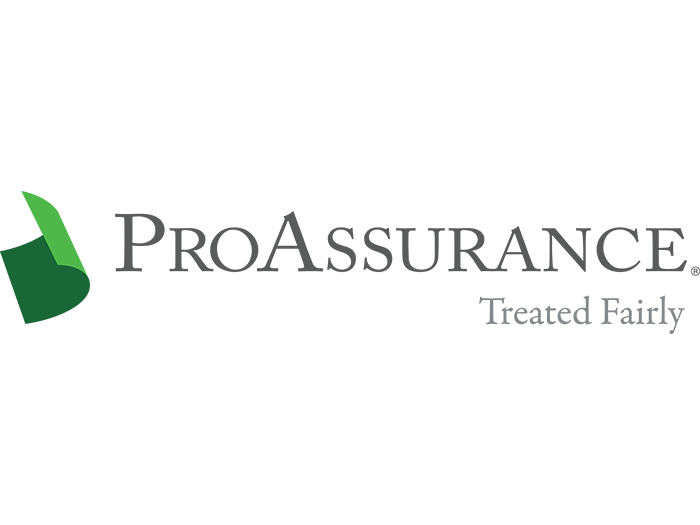5 Common Medical Conditions Leading to Workplace Absenteeism and Key Tactics in Preventing Them

Absence management is a key component to keeping a steady workplace, ensuring productivity while also keeping workers safe on the job.
But, absences still happen. And they can cost employers a pretty penny, too. As the Centers for Disease Control and Prevention found, “Productivity losses linked to absenteeism cost employers $225.8 billion annually in the United States, or $1,685 per employee.”
Workers can be out for any number of reasons, from illness and injury, or, as we’ve all likely experienced since March 2020, because they need to care for children or a family member.
Whatever the case may be, there are ways to prevent certain absences from even occurring.
Researchers at The Hartford reviewed their workers’ compensation and disability claims from recent years and identified the 10 most common medical conditions linked to absences and how they could be prevented.
Here’s a closer look at five of those conditions and the prevention methods offered to help.
1) Generalized Anxiety Disorder
Generalized anxiety disorder affects 6.8 million adults, or 3.1% of the U.S. population, yet only 43.2% are receiving treatment, according to the Anxiety & Depression Association of America.
Both anxiety and depression have been on the rise since the onset of COVID-19, studies have found. A Psychology Today report noted the prevalence of anxiety disorder went up 25.6% worldwide since the start of the pandemic. For depressive disorder, the prevalence increased by 27.6%.
Untreated, anxiety can lead to short-term disability or absence in the workplace. But there are a few things employers can do. First, it’s time to push past the stigma around mental health and acknowledge that workers experience forms of anxiety and depression that can impact every facet of their lives.
Once that is made clear, employers can establish dialogue with affected workers and find solutions. Additionally, have workers connect with employee assistance programs (EAPs) and other mental health resources.
2) Shoulder Pain
The Hartford study found that 64% of absences occur in workers age 50 and under, and it is often due to shoulder pain.
Shoulder injury occurs when a supporting ligament is overly stretched or torn, causing the bones in the joint to become unstable. Lifting heavy objects, repetitive motion, throwing objects and similar tasks can lead to wear and tear.
Training in lifting is the key prevention tool for avoiding shoulder-related injuries. Employers should invest in proper training for new hires and continue to provide their workforce with updated materials and reminders on the safest methods to lift and move objects.
3) Lumbar Sprain
In moderate to heavy duty jobs, lumbar sprain injuries are quite common; 84% of such injuries are linked to median-heavy duty work.
They impact the muscles and tendons of the lower back and can have a worker out for days if not weeks, lowering productivity and increasing absenteeism. Some orthopedic clinics opine “back muscle strains typically heal with time, many within a few days, and most within 3 to 4 weeks.”
Lumbar sprains can come on suddenly or progress over time. The key tool in prevention is workplace lifting programs. Employers can also consider assistive lifting technologies, like wearables, which might require a level of employee buy-in in order to gain traction.
4) Hernia
The Hartford found that the overwhelming majority of workers, 98% in total, who miss work due to hernias are male. Not a surprise given that hernias are most common in jobs that require heavy lifting, roles most often filled by men.
For shoulder pain and lumbar strain, a good lifting program can go a long way in the prevention of hernias and the reduction of absences related to such injuries.
Proper ergonomics are another investment employers can make to help workers understand their bodies’ placement and movement.
5) Carpal Tunnel Syndrome
With symptoms such as numbness, tingling or weakness in the hand, carpal tunnel syndrome is more common than you’d think.
The American Academy of Family Physicians reported that carpal tunnel syndrome affects 3 to 6% of the adult population. It’s brought on by a number of stressors, including trauma, repetitive motion, certain diseases and pregnancy.
As it relates to workplaces, repetitive motion tends to be the biggest aggravator for carpal tunnel. Surgery to alleviate symptoms and repair damages can have workers out anywhere from four to 12 weeks, depending on recovery.
To prevent absences related to carpal tunnel syndrome, employers can invest in proper ergonomically fitted desks, chairs and other equipment designed to fix posture and alleviate pressure from the wrist and hands.
Overall Takeaways
In addition to these five, The Hartford identified radiculopathy (nerve pain), rotator cuff syndrome, low back pain, joint pain and meniscal tears as the other top drivers of absenteeism.
Among the top injury prevention tools, wellness programs, investment in tailor-made ergonomics and safety training are a must. And each service can be provided to workers in the office, at home or anywhere in between.
To look more closely at what causes these last five injury types, visit The Hartford’s site here. &










